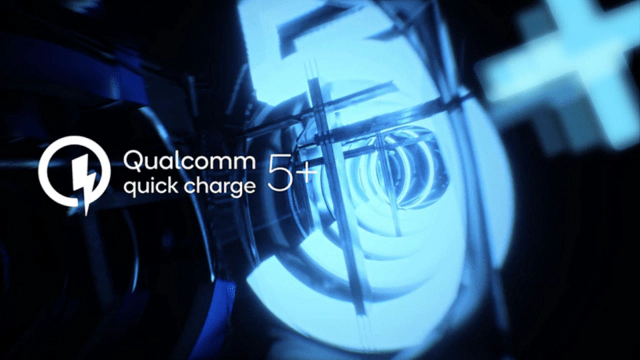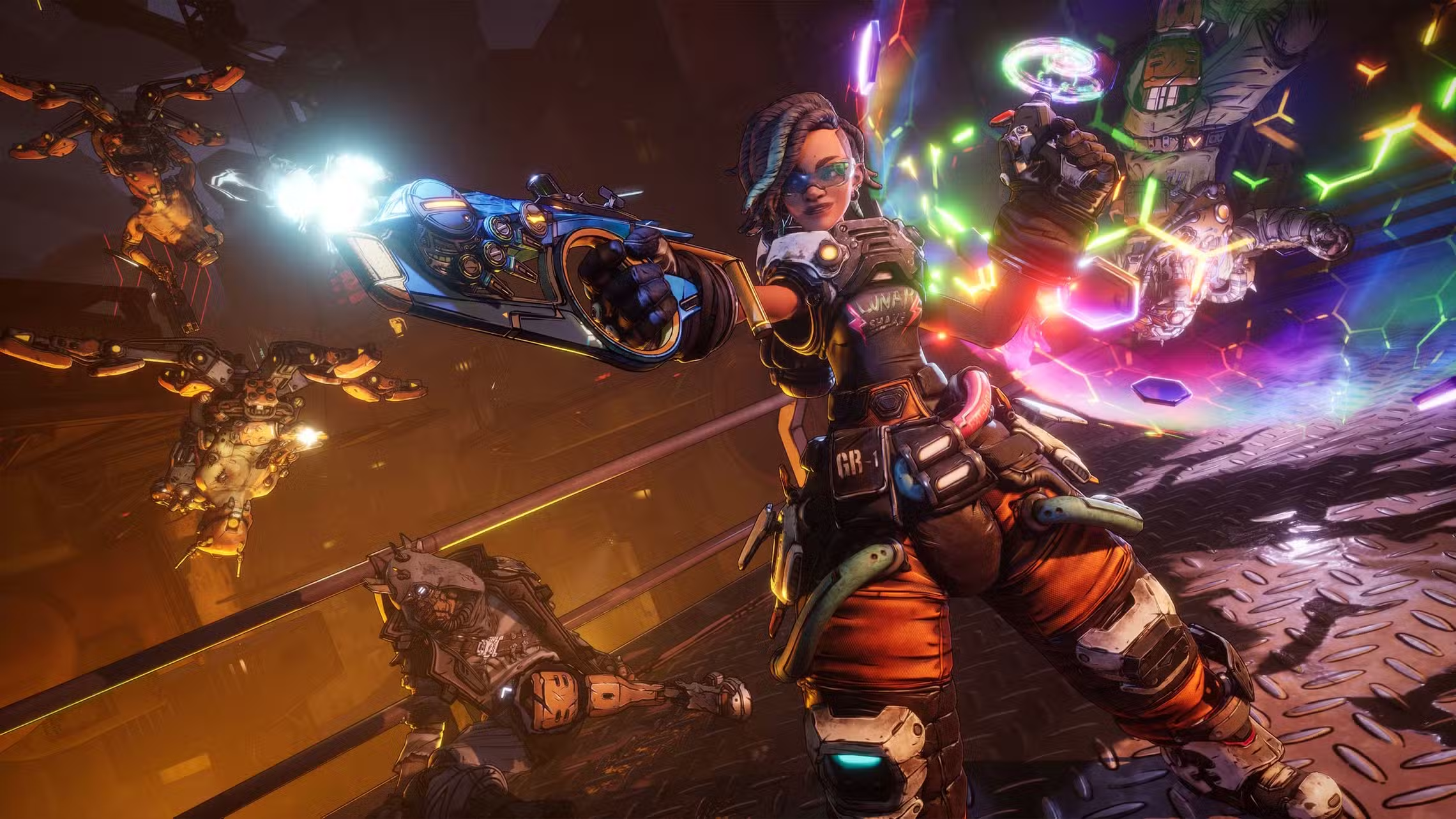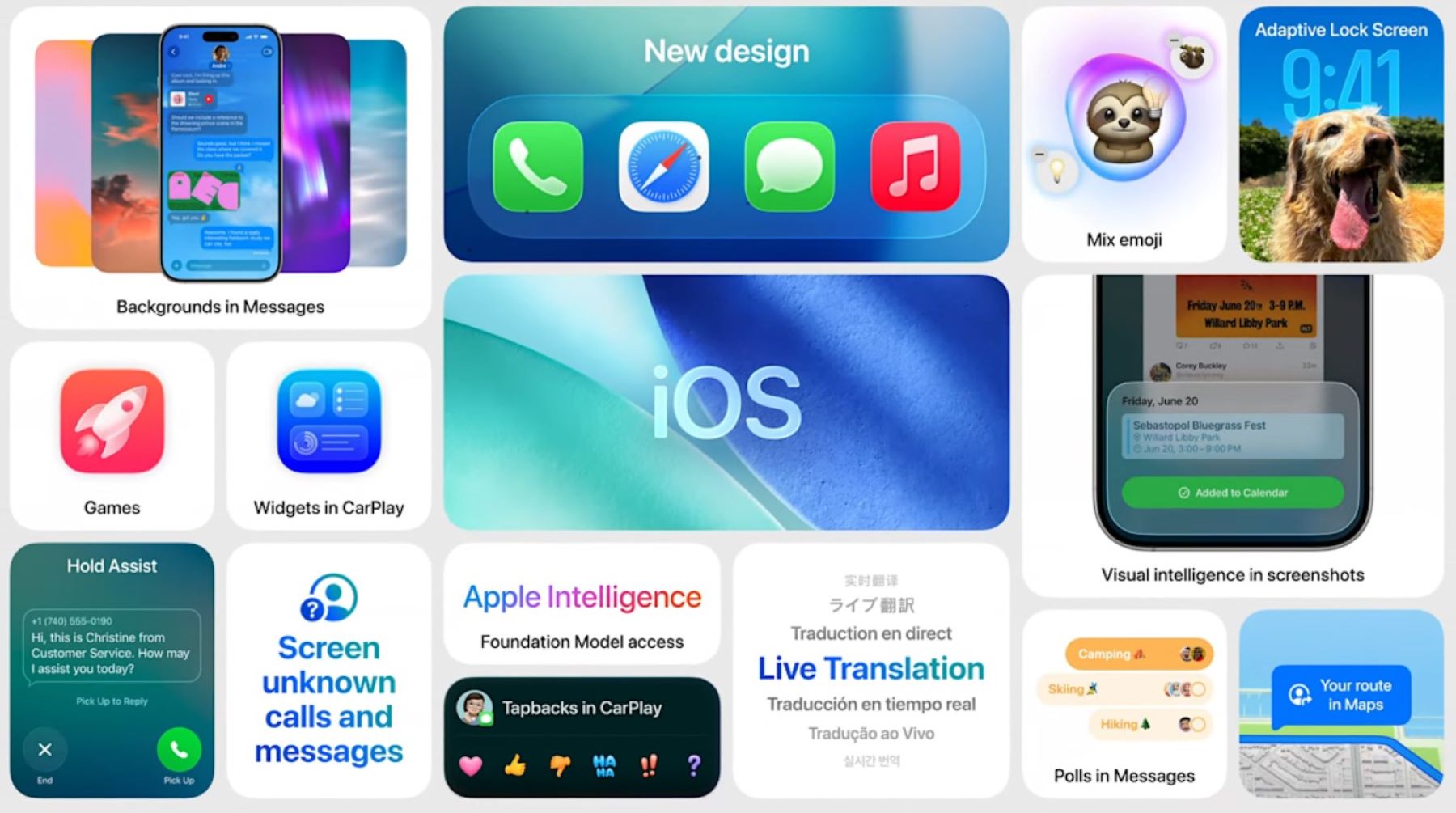Implanting neural prosthetic devices in the motor cortex of the brain will allow paralyzed patients and patients who have undergone amputation to control the movement of their robotic limb. This facility can be enjoyed when the robotic limb is connected to the patient’s limb as well as when it’s separated from the natural limb of the patient.
The neuroprosthetics used currently mostly produce jerky and delayed motion; they don’t possess the ability to produce the smooth automatic gestures we associate with the natural movement.
Implantation of neuroprosthetics in the motor cortex or the movement center of the brain might change the concept of robotic limbs forever; with this change, robotic limbs will allow smoother and more natural motions. For those who don’t know: instead of controlling our movement directly, the motor cortex controls our intent of moving.
A team of researchers at the Caltech University along with colleagues representing Keck Medicine of USC carried out a clinical trial to test the functionality of the new neuroprosthetics. They implanted one such device in the brain of a patient diagnosed with quadriplegia. The implant gave the patient the ability to perform a handshaking gesture smoothly and then use a separate robotic arm for playing “rock, paper, scissors”.
The research team was led by James G. Boswell Professor of Neuroscience Richard A. Anderson and comprised of Caltech University lab members Brian Lee, Kelsie Pejsa, Ying Shi, Christian Klaes, Tyson Aflao, and Spencer Kellis.
http://thehoopsnews.com/2015/05/23/5340/ocean-tiniest-organisms-population-is-more-than-stars-in-the-universe/
Anderson, when talking about these new neuroprosthetics, said when moving the arm, a person usually don’t think about things like, which muscle he or she is activating or other details of the movement such as whether he or she is extending the arm, lifting the arm, closing the hand around a cup, grasping the cup, etc. According to him, when an individual moves a body part, he or she thinks about the purpose of the movement.
Anderson informed that during the above mentioned clinical trial, he and his team tried to decode these intents of the patient. To do that successfully, the researchers asked the patient to imagine the entire movement instead of dividing it into different components. The researchers wanted to make the motion offered by neuroprosthetics better, and for that they decided to use signals from a different part of the brain.







Will this work for stroke victims? Or just for movement of robotic limbs?
Probably only robotic limbs, because of the experiment design. The brainwave signals are coded into a computer, which translates the coded input into specific motor movement of the robot arm. To help stroke victims, you’d have to be able to somehow activate the motor movement of their muscles directly. This could help with stroke victims and other paralyzed people control their limbs in the future, however, because there’s no telling how sophisticated cybernetics will become..